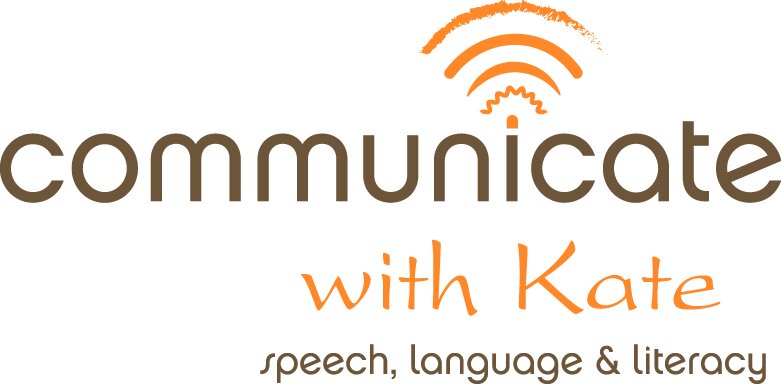Tongue Thrust? What is it and why should I care?
Part 2 of 3- Part Series on Lisps and Tongue Thrusts
Now that we’ve learned about the lisp in my previous blog My Kid Can’t Say his S and Z sounds!: What is a Lisp?, I want to shed some light on yet another important area that closely relates to the lisp (and may in fact be causing it): tongue thrust, also sometimes known as ‘reverse swallow’ or ‘immature swallow’. When a child with a noticeable lisp comes into the therapy room for evaluation (the speech is what is often noticed first), a speech therapist should also be evaluating for the existence of a tongue thrust. A tongue thrust refers to a forward tongue position (pushing on or through the front teeth) during swallowing, speech and at rest. This is an Orofacial Myofunctional Disorder (OMD) that indicates there’s a more pervasive forward tongue position occurring which can negatively impact speech, feeding/swallowing, dentition and overall oral structure development. It is also known as a ‘reverse’ or ‘immature’ swallow because of the immature swallow pattern where the tongue protrudes forward on the swallow, rather than retracting backward into the oral cavity which is what should be occurring in a normal, mature swallow pattern (typically in place by age 3). A tongue thrust should not be seen as a speech/articulation disorder but rather as an Orofacial Myofunctional Disorder because this forward position occurs in other nonspeech activities as well (i.e. swallowing and at rest). However, it is very important to remember that it does negatively impact speech and may be the primary cause of the speech/articulation impairment.
Signs of Tongue Thrust
When a tongue thrust exists, you may see some or all of the following characteristics:
Mouth Breathing
Open mouth posture at rest, generally with tongue protruding between front teeth, pushing up against front teeth or generally lying low in the oral cavity
Tongue protrusion between teeth/lips or up against teeth when swallowing
Slow, fast or messy eating (particularly in younger children)
An obvious open bite (open space/hole between top and bottom front teeth when biting down)
Speech impairment, often most noticeable in ‘s’ and ‘z’ sounds but may occur with other sounds as well (including sh, ch, t, d, n, l)
Causes of Tongue Thrust
Now, let’s talk about why a tongue thrust may exist. Here are some possible causes:
Prolonged finger or thumb sucking
Prolonged pacifier, bottle or sippy cup use
Restricted nasal airway due to enlarged adenoids, tonsils, chronic allergies (causing mouth breathing and poor oral rest habits)
Enlarged tongue
Ankyloglossia (tongue-tie/short lingual frenum)
Neurological deficits, developmental delays
Why Treat a Tongue Thrust?
It is very important to identify and treat this condition with your child for a number of reasons. First, you must know that our tongues are a muscle (actually a group of muscles) and just happen to be incredibly strong ones! If our tongues are exerting constant pressure on our teeth (again during rest, swallow and speech), they WILL move our teeth and change our dentition, for the worse. In fact, if you talk to any orthodontist, they will tell you that teeth can be corrected by braces, only to move right back where they were due to that tongue pressure. In fact, the growth of the palate (roof of mouth) is also often negatively impacted when the tongue is not in the correct place to help shape it. Second, speech clarity is almost always negatively impacted by this condition, which can cause many speech sound distortions and the need for articulation therapy.
Hopefully you now have a better idea of signs and causes of a tongue thrust. Next steps? Evaluation and treatment! Many Speech Pathologists and Orofacial Myologists are specially trained to assess and provide intervention in the area of tongue thrust. However, speech pathologists will also be able to provide the necessary speech therapy to address speech sound errors and develop the correct placement for these sounds. It’s important to find a speech therapist with knowledge in this area that will focus on the oral rest and swallow, as well as the articulation. Focusing on the speech portion without addressing the underlying musculature and oral habits will result in slow or limited progress on the speech and more difficulty with carryover. Stay tuned for part 3 of this blog series that will provide lots of tips and resources for caregivers on when to treat, prevention and how to help support interventions at home!

